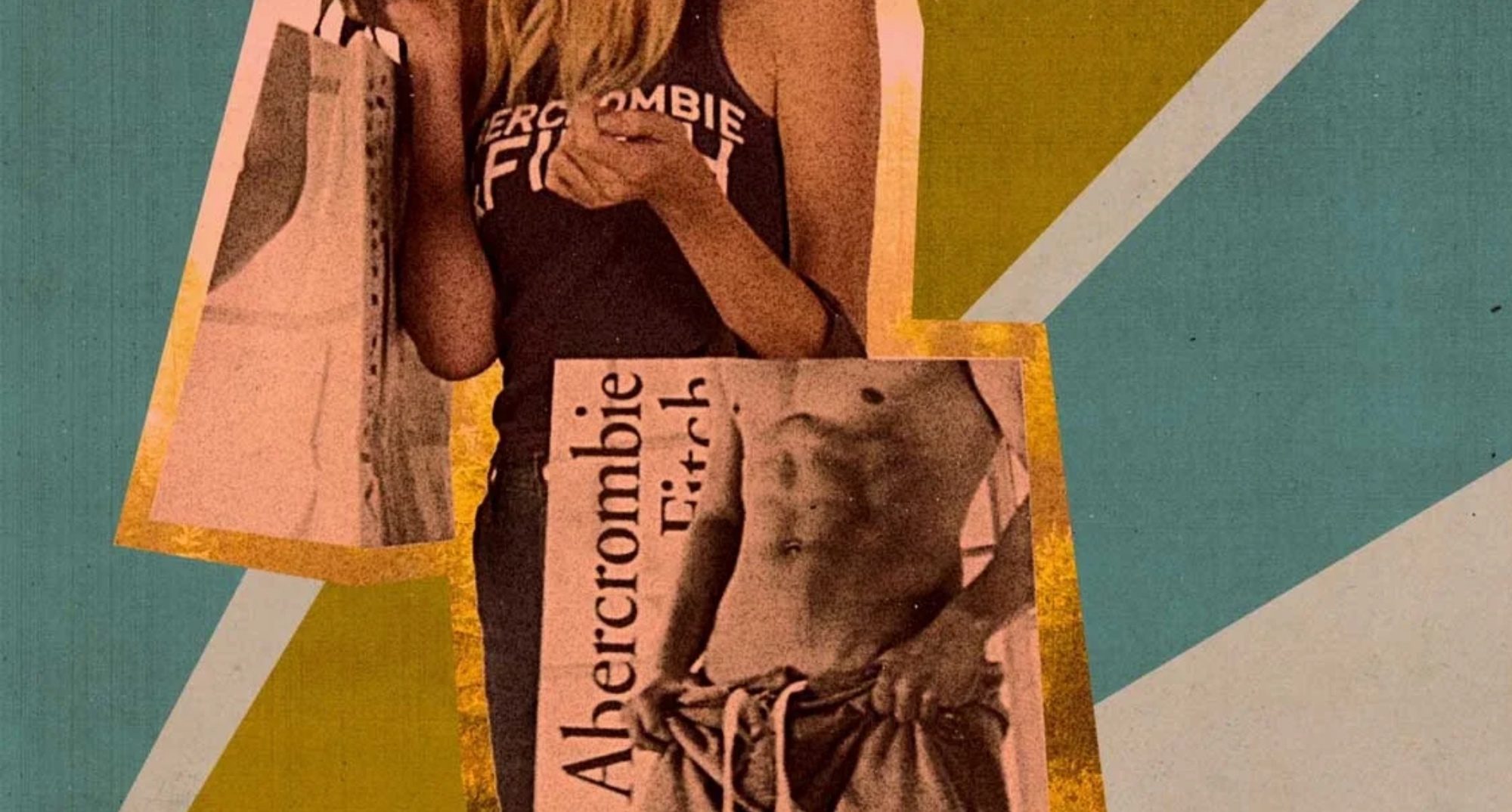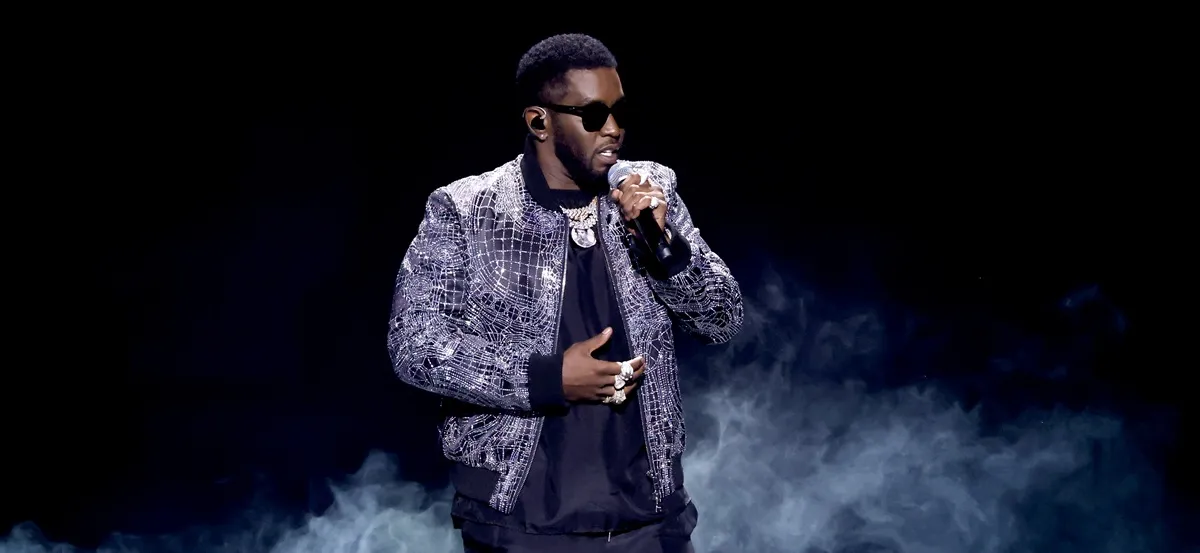‘White Hot: The Rise & Fall of Abercrombie & Fitch’: How the Troubled 2000s Clothing Company Stayed in Business
Netflix is taking audiences who grew up in the 2000s through a blast from the past with White Hot: The Rise & Fall of Abercrombie & Fitch. The era of the 2000s gave way to some of pop culture’s most iconic TV series, movie, music, and clothing styles. Every teen remembers the craze around Hollister and Abercrombie & Fitch. The once highly sought-after brand faced backlash and turmoil over its image, and it is somehow is still in business.

‘White Hot: The Rise & Fall of Abercrombie & Fitch’ documents the brand’s selective style that went too far
Almost everyone who grew up in the 2000s remembers how Abercrombie & Fitch. It dominated the clothing industry, high schools, and social image. A mere mention of the brand causes whiplash memories of its cologne that drenched every nook and cranny of the store. White Hot: The Rise & Fall of Abercrombie & Fitch is a soon-to-be-released Netflix documentary following the rise and fall of the brand.
“Under the leadership of CEO Mike Jeffries, the store became known for its sexualized advertising and its emphasis on an ‘all-American’ look –– which, to many, was code for ‘white,'” detailed Variety. In the beginning, there was no denying the brand had a certain image they were not shy to show publically.
Abercrombie & Fitch was all about chiseled and attractive men. They posed on ads, and shopping bags, and flaunted in front of the store with no shirt on. The documentary covers the boom and subsequent scandals the brand fell into.
White Hot: The Rise & Fall of Abercrombie & Fitch will flesh out the accusations. Also the “numerous scandals the company has faced, including a 2004 class-action suit that accused the brand of discriminating toward Black, Latino, Asian and female employees.”
After turbulent and ruinous problems, Abercrombie & Fitch is still in business.
Abercrombie & Fitch is still in business after a heavy rebrand
Popular brands from the 2000s faded into the background with emerging fashion trends in the blink of an eye. But the scandals surrounding a troubled Abercrombie & Fitch were prominent. So much so that the brand saw a deep decline in profit and market value. In a new era of fashion and societal acceptance, Abercrombie & Fitch is now “cool.”
“After years of plunging value, today the brand has a new leader, a new aesthetic, and a new set of customers: The off-duty young professional,” said Business Insider. In 2014, Jeffries left the brand but finding a buyer was still an issue. The once respectable symbol of teenage youth became a memory to cringe over.
In 2017, Fran Horowitz became the CEO and worked on rebranding. Instead of the “cool” aesthetic, the brand now targets a mature audience entering adulthood. “They have a more refined sensibility, a great sense of themselves,” said executive chairman Arthur Martinez.
Abercombie & Fitch has come a long way. It now produces ethically sourced clothing and is adequate for older millennials and Gen Z who want sustainability with a timeless charm. Not to mention the inclusion of diverse models and ambassadors. The brand is no longer shrouded in dimly lit stores doused in cologne. Neither are the scantily clad models, and “Abercrombie” plastered on hoodies.
When will ‘White Hot: The Rise & Fall of Abercrombie & Fitch’ air?
The Netflix documentary is a chance for audiences who grew up in the 2000s to look back at not so many fond memories and clothing choices. White Hot: The Rise & Fall of Abercrombie & Fitch will intrigue even newer generations about how the brand they lnow now came to be.
Netflix will premiere White Hot: The Rise & Fall of Abercrombie & Fitch on April 19. It is directed by Alison Klayman and uses archival footage of advertisements and behind-the-scenes details. The documentary includes interviews with former employees and models who experienced firsthand how the brand upheld its “All American” and “white” image.


